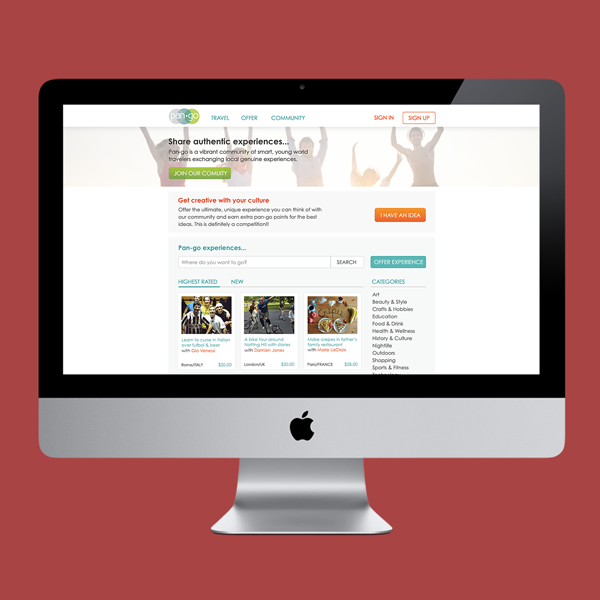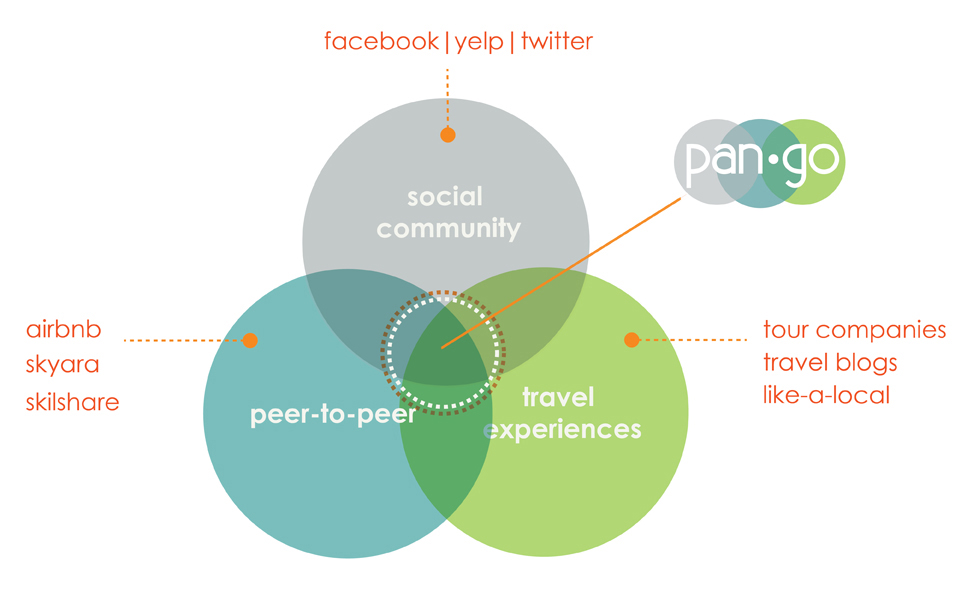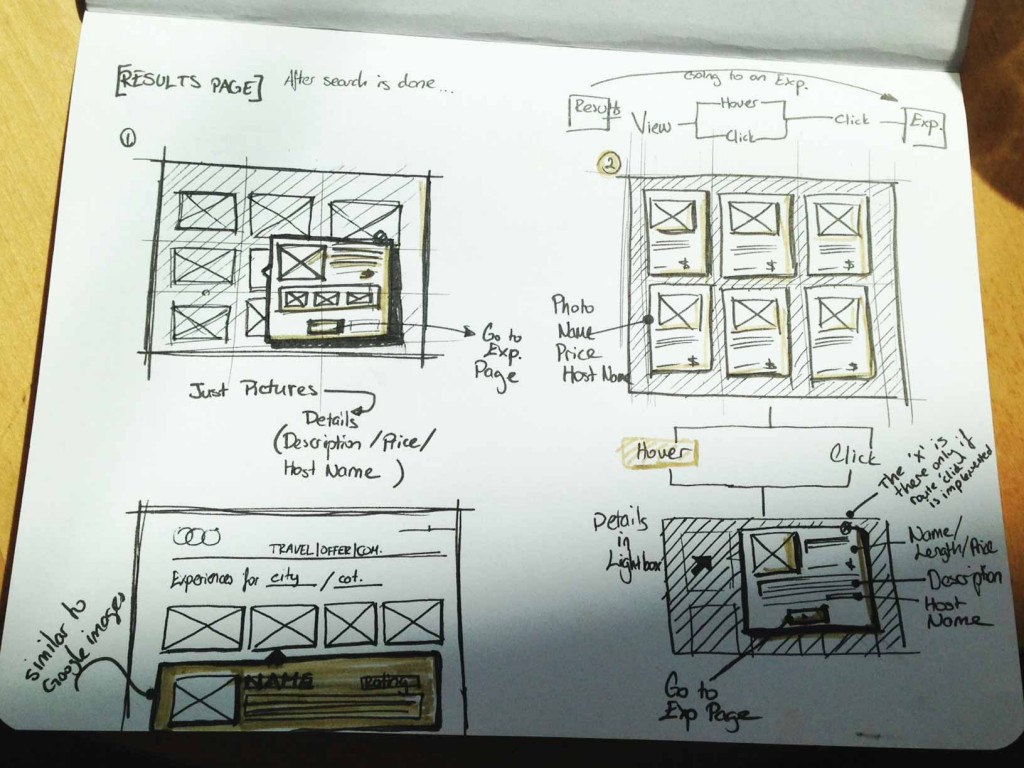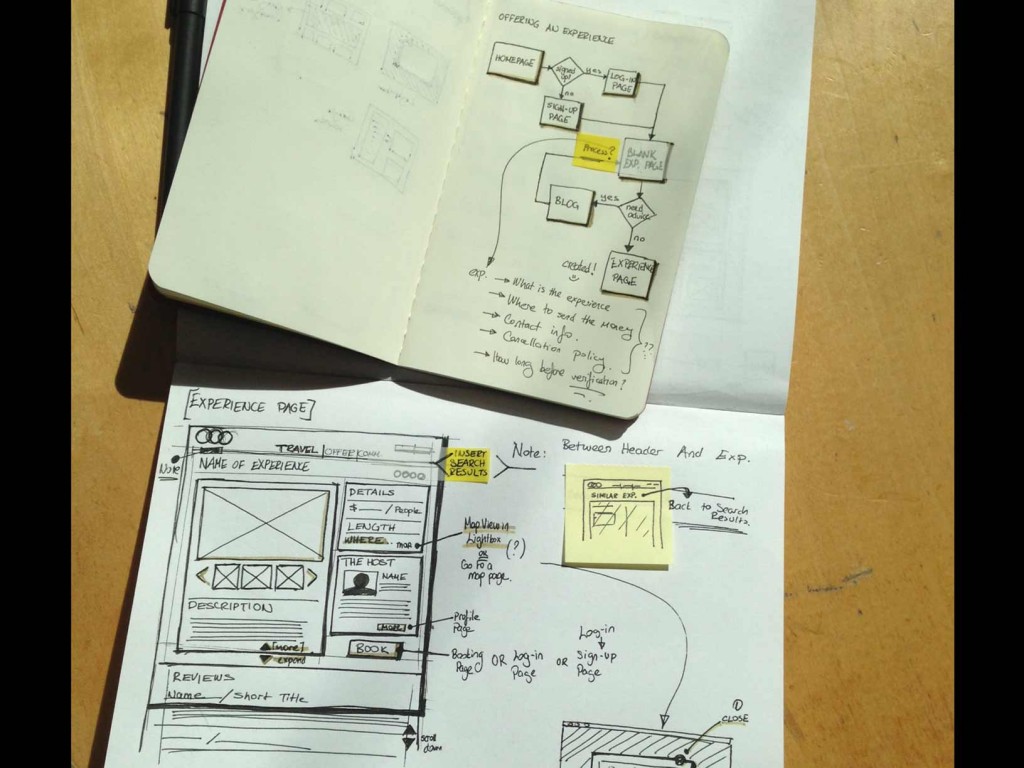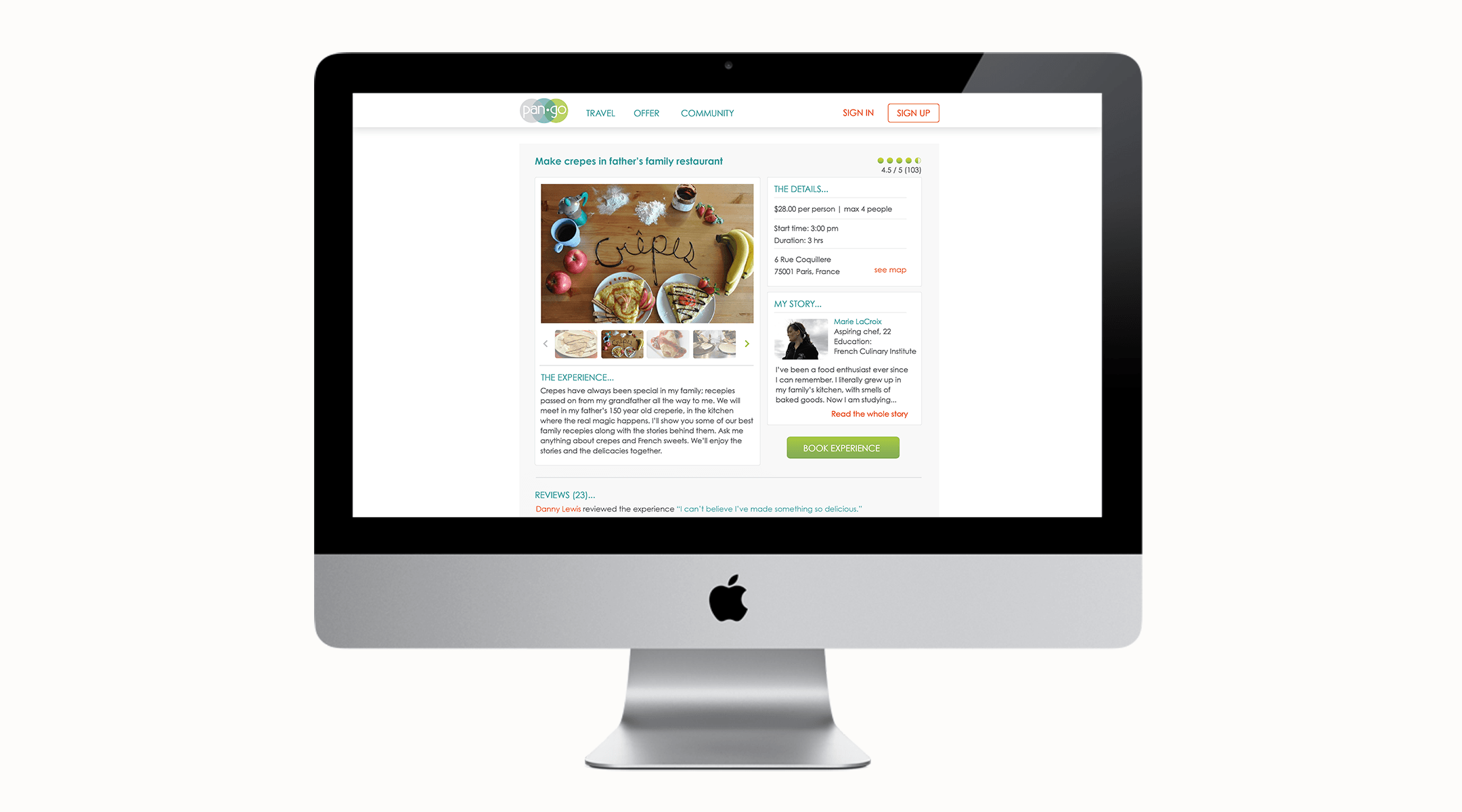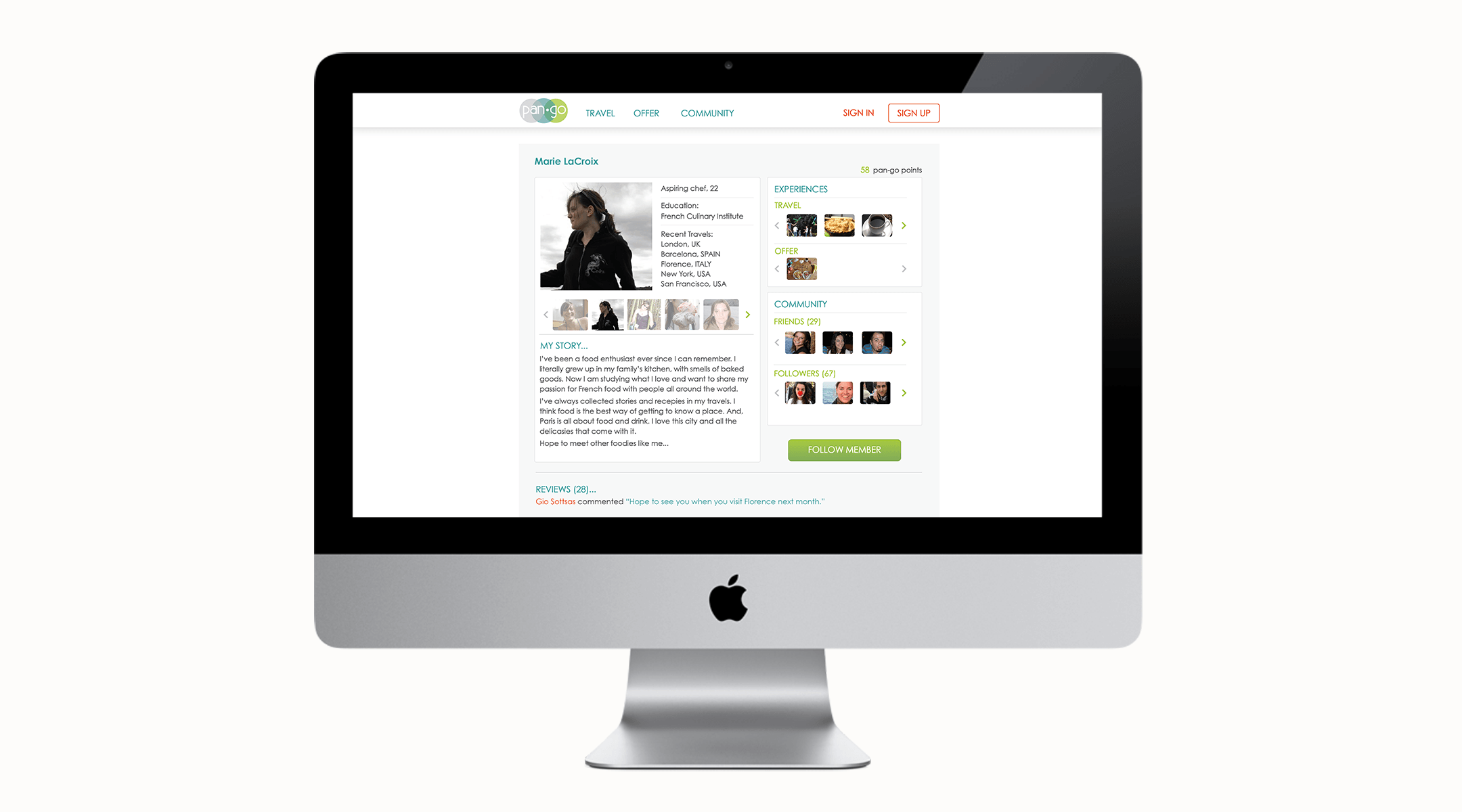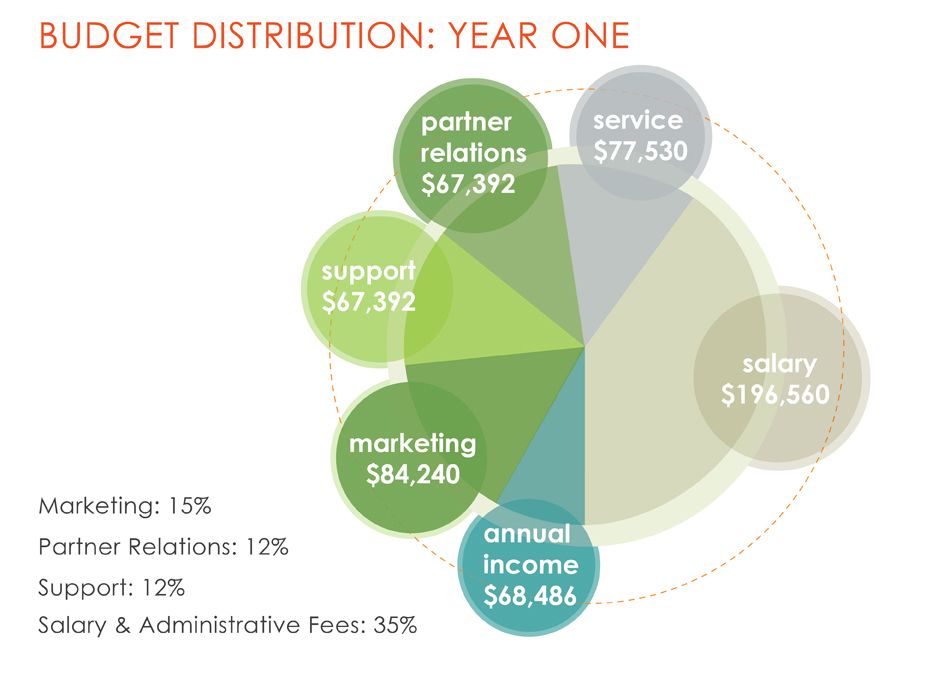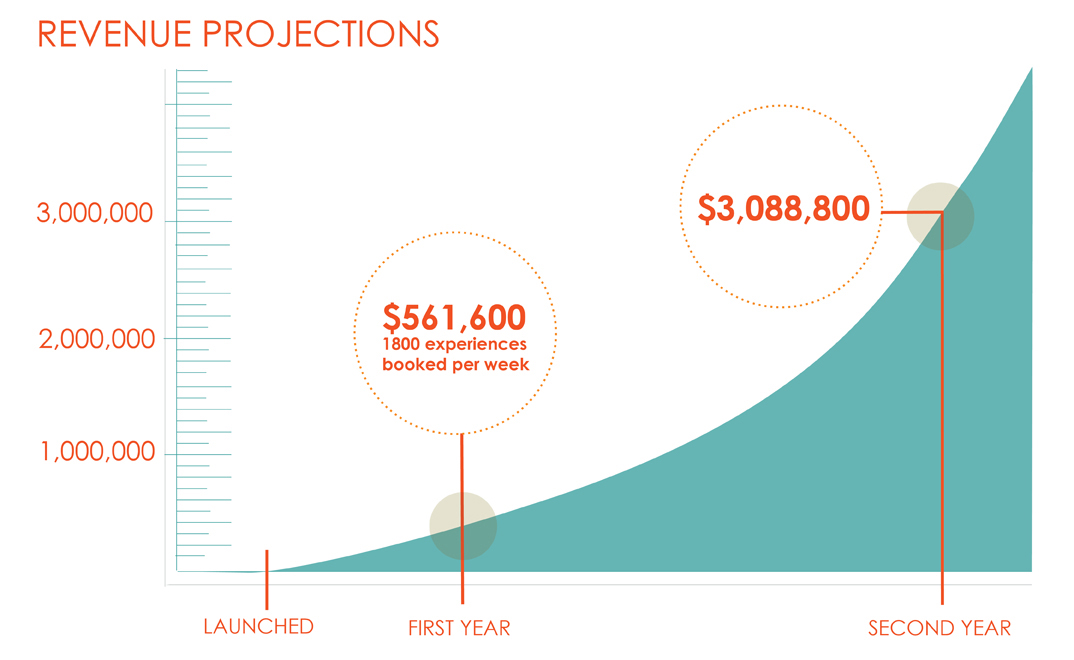As a team of international designers, we created an online travel platform offering a secure way of exchanging unique experiences at affordable prices.
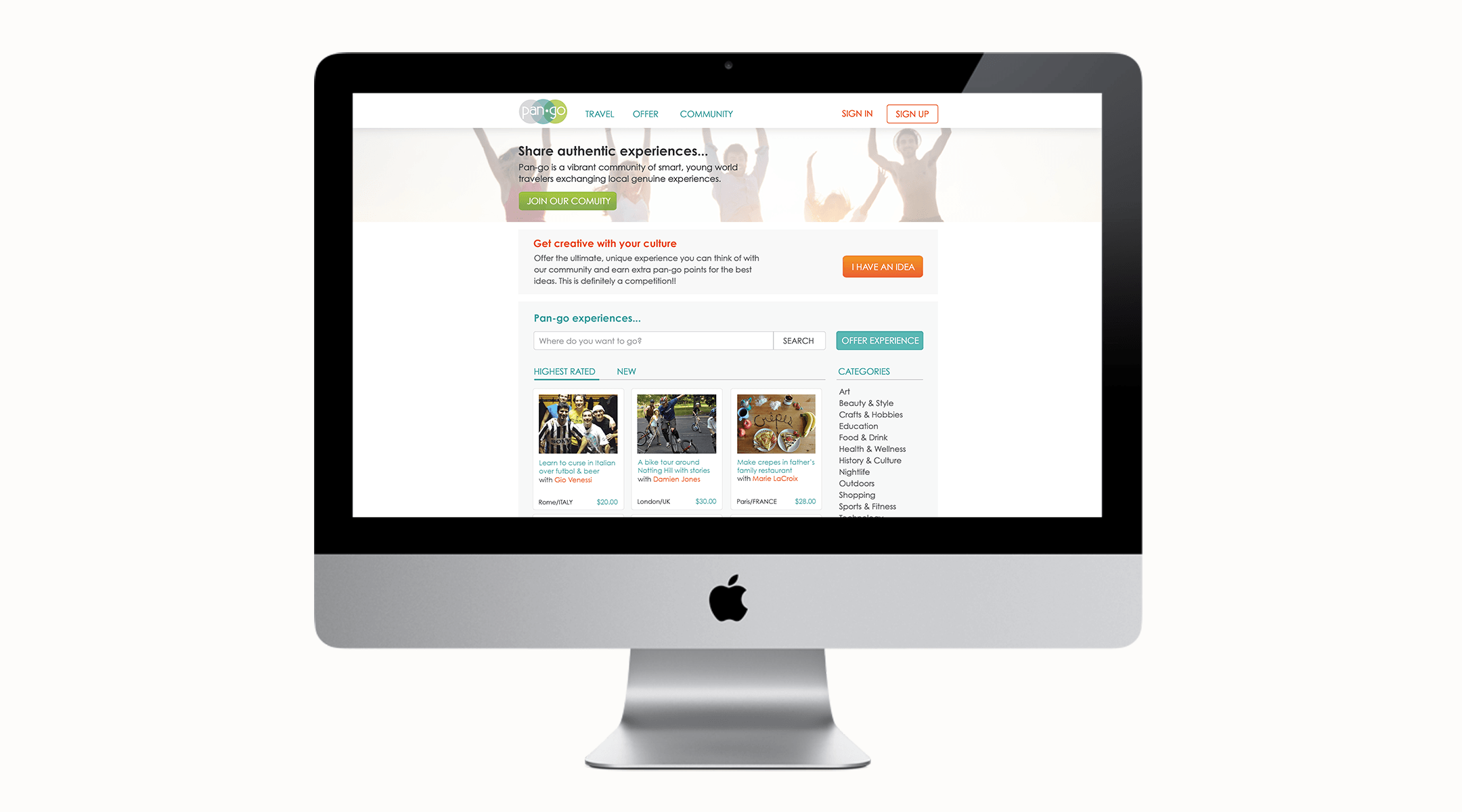 In 2011, as 4 avid travelers, we proposed a business idea that created a new traveling experience. Like many people who loved exploring new cities, we were frustrated by the generic tourist experiences that were detached from the real culture.
In 2011, as 4 avid travelers, we proposed a business idea that created a new traveling experience. Like many people who loved exploring new cities, we were frustrated by the generic tourist experiences that were detached from the real culture.
Luckily, today’s technologies allow ordinary people to connect to one another, use social networking tools and independent online resources to get things done without depending on large institutions. This is evident in the rising trend of micro-businesses where anyone can use online platforms to share resources internationally, whether it is an extra room, a car or a unique skill. We decided to use the peer-to-peer marketplace business model: Give the power to the locals who know their city the best and allow them to turn that knowledge into a little bit of cash, an opportunity to meet new people and show their love for their culture.
The resulting concept Pan-go is a website with a database of local experiences offered by fellow locals, enthusiastic about their cities.
However, it heavily depends on content generated by the users. So, our challenge was to create an aspirational and trustworthy brand, a flawless and easy-to-navigate user experience that promoted the brand values and then to reach out to the right people to start cultivating new experiences.
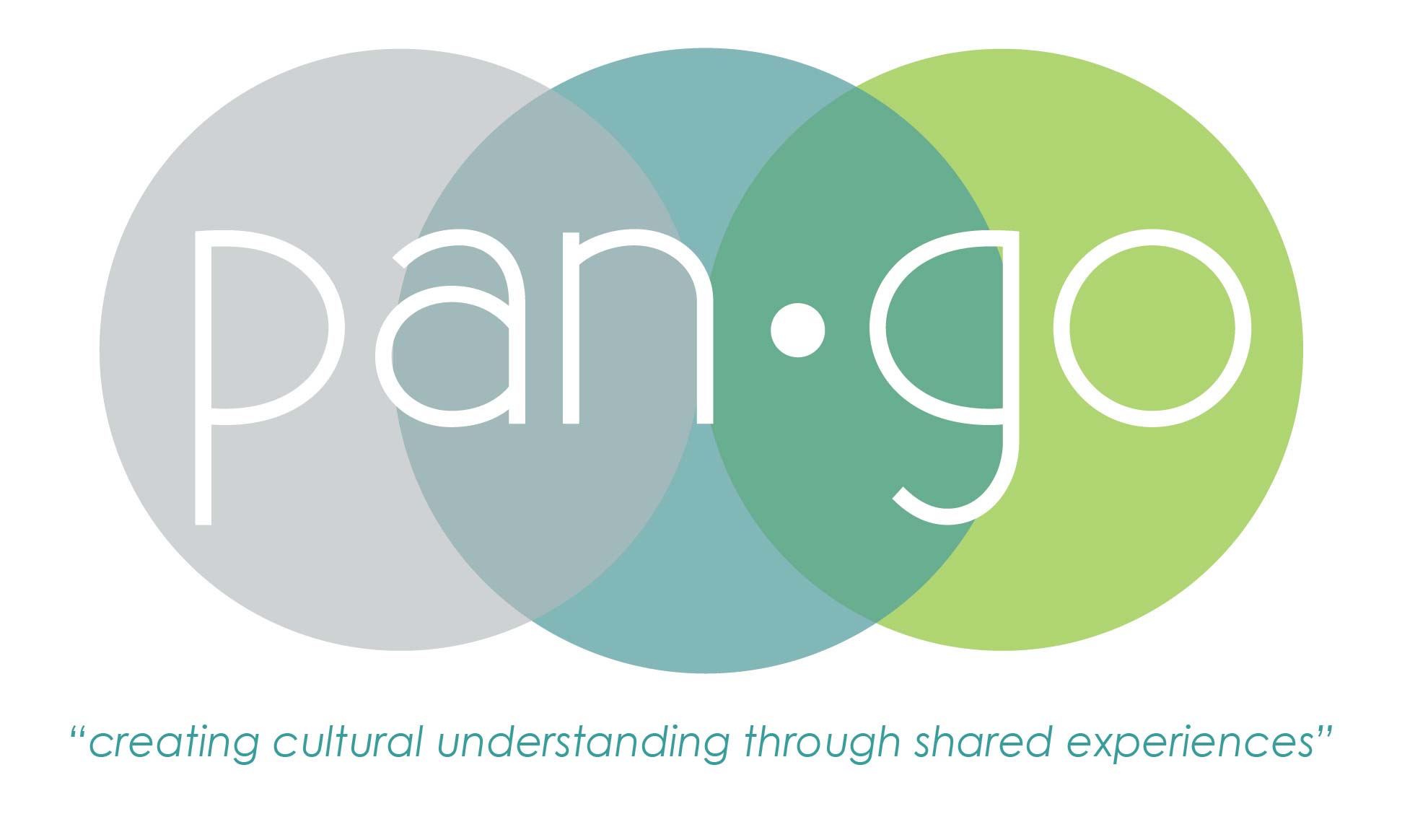 USER EXPERIENCE AND BRANDING
USER EXPERIENCE AND BRANDING
After conducting research, our first concern was to create a sense of security from the sign up process to booking or sharing experiences. Since our target audience was college age students, Pan-go users sign up through their official college email accounts or import their Facebook profiles. They are also encouraged to share as much information, photos & connections as possible to cultivate a community culture through transparency. Reviewing and rating each other are also a big part of the Pan-go culture. Pan-go aims to provide as much information as possible for its users to make informed decisions when choosing to book or accept experiences.
An Experience Page from the Pan-Go Website
A Profile Page from the Pan-Go Website
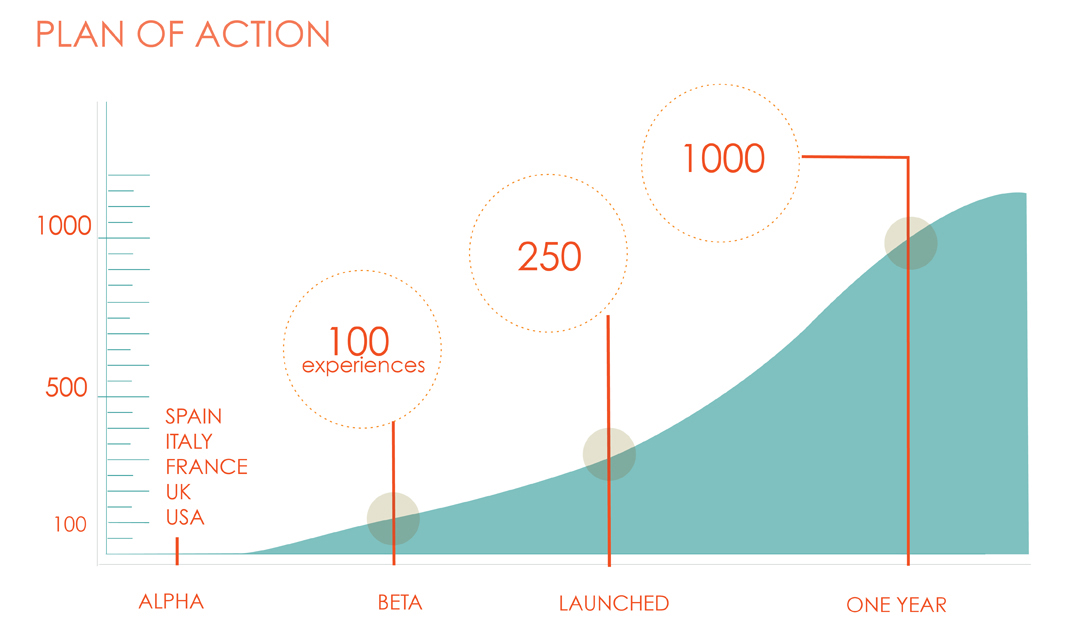 BUSINESS PLAN
BUSINESS PLAN
Then came the harder part: Reaching out to our target audience and getting them excited about Pan-go. To keep the website fresh and vibrant, Pan-go will create marketing campaigns like competitions to encourage the weirdest, the most creative and wildest ideas for local experiences, will have a blog dedicated to fun and cheap ideas and get in touch with local travel bloggers.
But, before all that, we devised a 3-phase plan to get the website up and running… Starting with our network connections, we estimated being able to reach 28,000 people through social media and received mainly good responses about contributing to Pan-go. Once we hit 100 experiences offered, we will allow travelers to start booking experiences and continue to grow our local database among select beta-users. The website will open to public when the experiences offered reaches 250.
Our aim is to give travelers the opportunity to create lasting connections with the places they have seen through the people they meet. We believe places truly become alive when we come home with memories that can’t be found on Wikipedia.
Project Team: Cansu Tecimer, Miwa Ikemiya, Sheema Khaki & Max Sims
